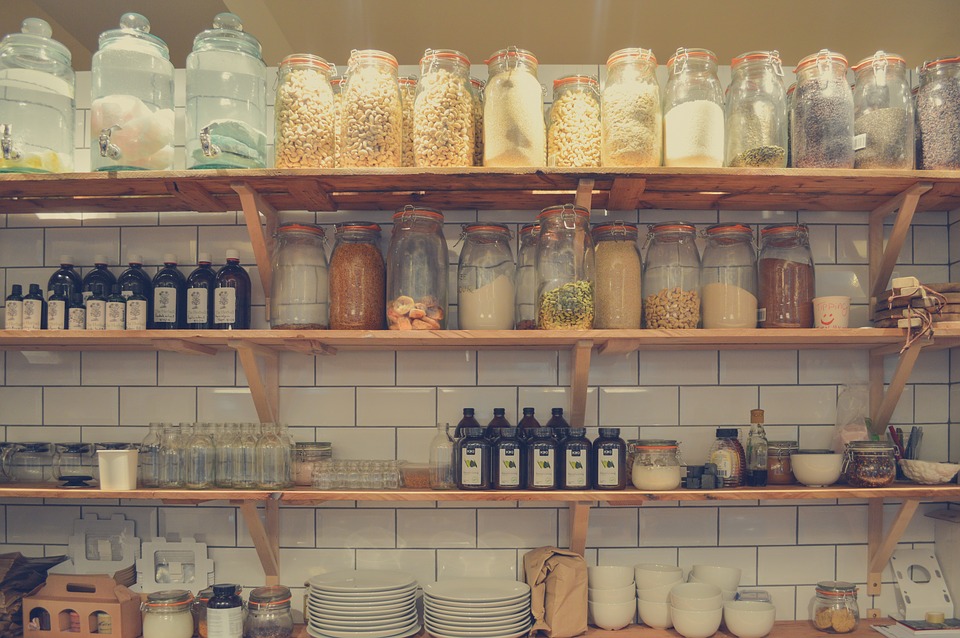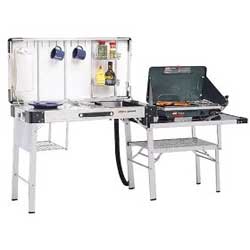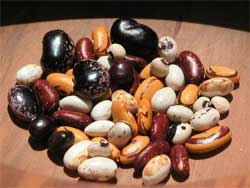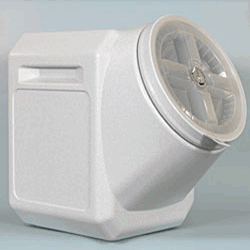 There are many practical reasons why everyone should have a food storage plan. They range from economic uncertainty, potential emergency or disaster, and simple practicality. The following are five must-know tips when considering your food storage solution. If you’re looking for pre-planned and pre-packaged food storage solutions there are dozens to chose from (all at a premium, I might add), but, ultimately, however, the best food solution is one that fits your needs and your goals, so I recommend learning the basics, setting personal goals and feeling free to modify, experiment and innovate.
There are many practical reasons why everyone should have a food storage plan. They range from economic uncertainty, potential emergency or disaster, and simple practicality. The following are five must-know tips when considering your food storage solution. If you’re looking for pre-planned and pre-packaged food storage solutions there are dozens to chose from (all at a premium, I might add), but, ultimately, however, the best food solution is one that fits your needs and your goals, so I recommend learning the basics, setting personal goals and feeling free to modify, experiment and innovate.
It Begins With Water
Even discounting hygiene and comfort, a human being will need a MINIMUM of 1/2 gallon of water in one form or another a day to hold up under a survival situation. A full gallon per person is strongly advised. Bottled water is an easy route, but overly expensive and impractical for supply solutions over the 72 hour mark. Consider investing in food/water safe water containers or barrels. A few medium sized ones are generally better than a single, large tank in case one become contaminated or compromised. Ideally, supplement this with a few 5-gallon, collapisible water containers, filter pump and extra filters so you can forage as needed. |
 |
Cooking & Preparation
All the food in the world will not do you much good if you have no way to prepare it. In a situation where you require long-term food stores, it is very likely that you won’t have access to utility-provided gas/electric stoves. For very short term, pressurized gas such as propane is a great choice. Its light, safe and clean, but it is also generally the most expensive choice. Medium term, liquid white gas is quite stable if stored prudently and has a great heat/cost/volume ratio. For the long term scenario with little or no chance of resupply, a wood/debris burning stove might be your only solution.
At bare minimum, you should have basic utensils for preparation and eating/drinking, cookware (Large pot w/lid, large skillet and possibly a baking sheet or stove-top baker). All your utensils and gear should be rugged enough for home and camp use. |
 |
Fat Is Not Your Enemy
Contrary to the mantra of diet plans and fashion magazine nutritional guides, fat is eseential to a healthy diet. Particularly, in the young, old and ill where other high-energy food stuffs require extensive metabolic processing by the body. The easiest and most versatile form of culinary fat to store long term are hydrogenated shortenings, such as Crisco. Unopened, metal cans of hydrogenated shortenings can last 8-10 years in a cool, dry, dark place. once opened, however, all fats are susceptible to rancidity, so if you will be using small volumes (1-2 individuals), consider storing several smaller cans rather than a single, large volume container. |
 |
Beans ARE the Magical Fruit
All joking aside, beans are one of the single best, long-lasting forms of protein for your money. 60 pounds of beans can provide an adult’s protein needs for a year at the cost of pennies a day! Mix up your supply to avoid monotony; black beans, pinto beans, red beans, etc. You want the dried variety, stored in pest-proof containers in a cool, dark, dry place. Soak your beans to soften them before cooking; this will reduce cooking time and save fuel. |
 |
Convenience vs Value
If price is no option, it might be tempting to simple stock pallets of MREs (Meals Ready to Eat). However, for the sake of value, I would strongly recommend focusing on staples which allow you to prepare a reasonable variety of meals. DO have some easily portable, ready-to-eat rations on hand though, so that you can be mobile if needed (relocations, scouting, evacuation, etc). |
 |
The Storage, in Food Storage
Improper or insufficient storage can ruin even the best balanced plan. Most commercial packaging is unsuited for long term storage either because its too flimsy, fragile or cannot be adequately resealed. For storing large, bulk items such as grain/flour, rice, beans and so forth, three are generally three routes. Simple, plastic buckets, the five-gallon sort you see in the resteraunt industry (be certain you are using food safe versions). Lining these with plastic bags can help reduce the amount of air/moisture exposure as they empty from use. At the high end, there are dedicated food storage containers with one-way air valves and oxygen absorbing chemical packets.
Somewhere in between, is a solution I like… dry pet food storage containers. Before you flinch, these are the same ones that are sold by disaster companies at a signifigant mark-up. the only difference is that these are sold at pet stores. Available in sizes from 5 to 100lbs, these feature a very air-tight gamma-seal lid, tough, food grade plastic body and rectangular, stackable design. |
 |
Additional Research:
 There are many practical reasons why everyone should have a food storage plan. They range from economic uncertainty, potential emergency or disaster, and simple practicality. The following are five must-know tips when considering your food storage solution. If you’re looking for pre-planned and pre-packaged food storage solutions there are dozens to chose from (all at a premium, I might add), but, ultimately, however, the best food solution is one that fits your needs and your goals, so I recommend learning the basics, setting personal goals and feeling free to modify, experiment and innovate.
There are many practical reasons why everyone should have a food storage plan. They range from economic uncertainty, potential emergency or disaster, and simple practicality. The following are five must-know tips when considering your food storage solution. If you’re looking for pre-planned and pre-packaged food storage solutions there are dozens to chose from (all at a premium, I might add), but, ultimately, however, the best food solution is one that fits your needs and your goals, so I recommend learning the basics, setting personal goals and feeling free to modify, experiment and innovate.







